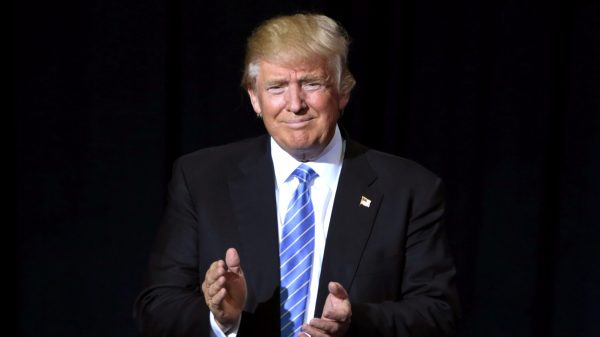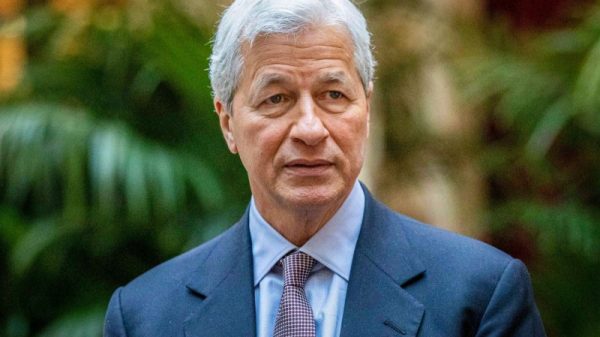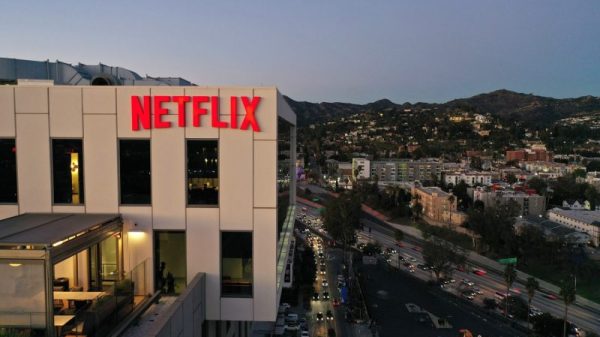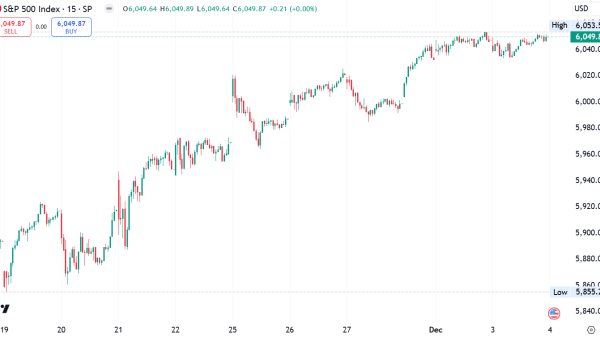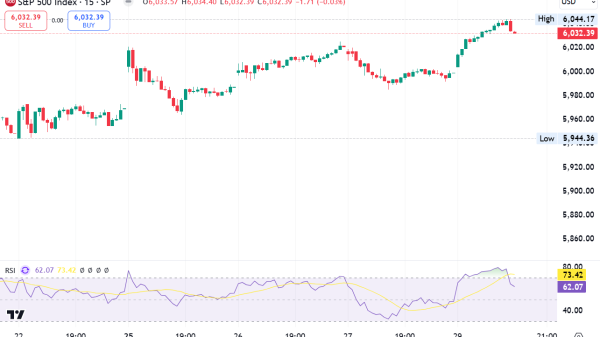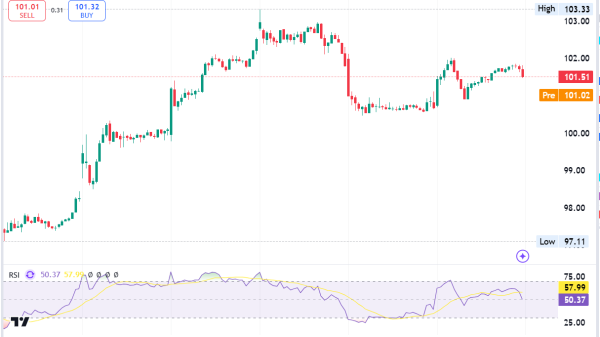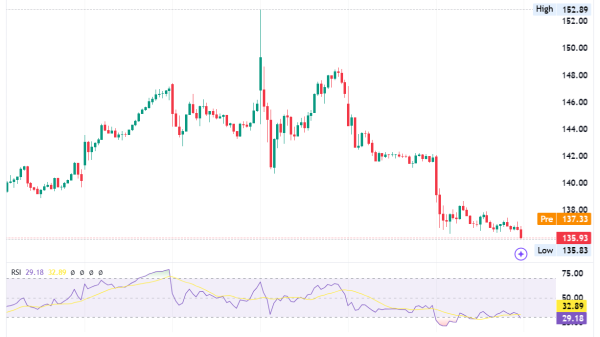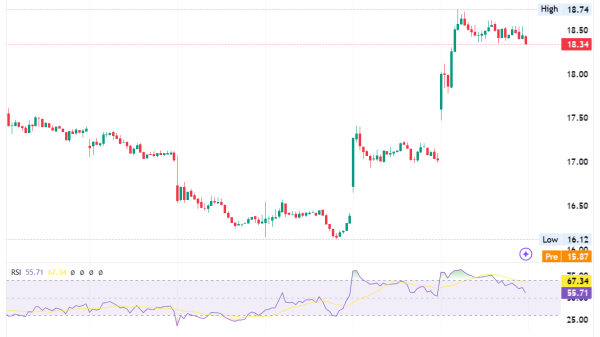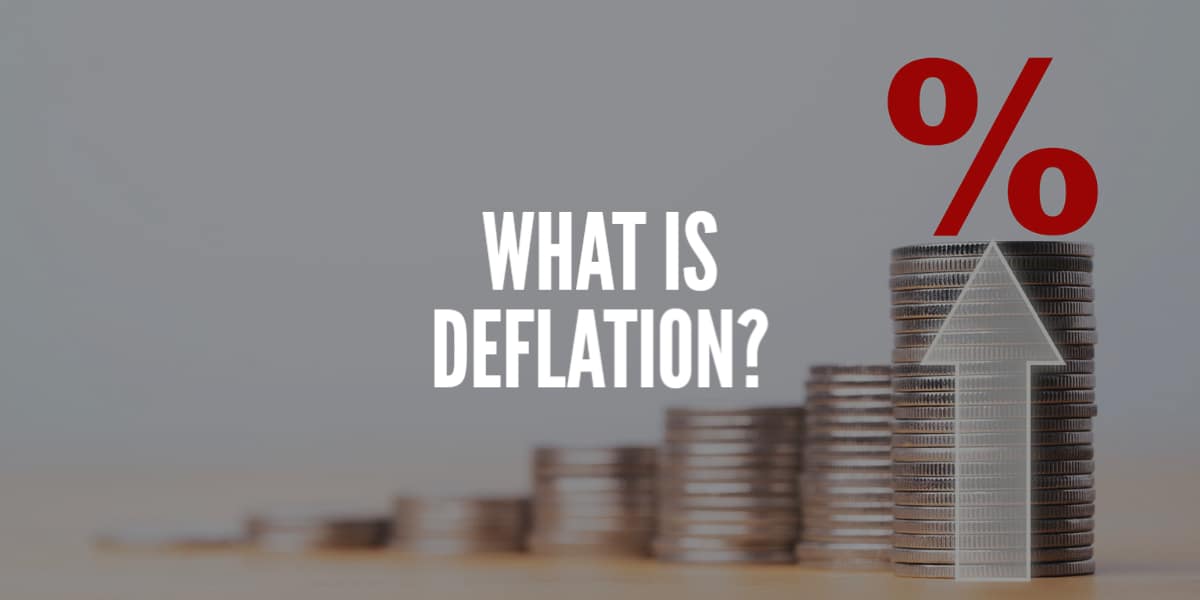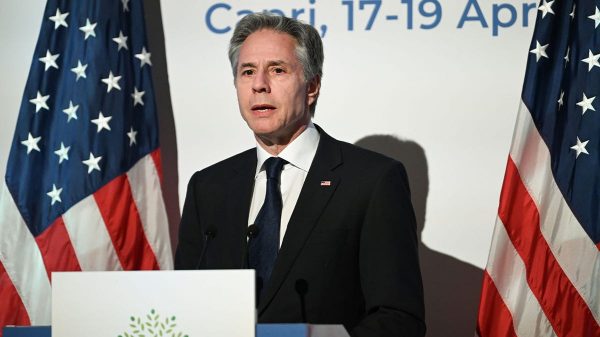What is deflation? And what does it mean for the economy?
In times of financial crisis, we often hear about abstract or unfamiliar terms. This may be the case for price deflation. It’s the opposite of another concept better known to the general public: inflation. But how to characterize deflation, and what is its impact on the economy?
What is deflation?
Deflation refers to a sustained and general decline in the overall price level of goods and services in an economy over a period of deflation time. It is the opposite of inflation, characterized by a rise in prices.
In a deflationary environment, the purchasing power of money increases because the same amount of currency can buy more goods and services. This can happen due to various factors, such as:
Decreased Demand: When an economy’s overall demand for goods and services decreases, businesses may lower their prices to attract customers. This demand reduction can be caused by weak consumer spending, a decline in investment, or a contraction in the money supply.
Technological Advancements: Technological advancements and productivity improvements can lead to a decrease in production costs. If these cost savings are passed on to consumers in the form of lower prices, it can contribute to deflationary pressures.
Decrease in the supply of money: A decrease in the money supply, either due to a decrease in money creation by central banks or a decrease in the velocity of money circulation, can also contribute to deflation. When less money is available, consumers and businesses may have less purchasing power, reducing demand and lower prices.
Deflation can have both negative and positive effects on the economy:
Changing Views on Deflation’s Impact
Now that we have answered the question of What is deflation. Let’s dive deeper into its negative and positive aspects.
After the Great Depression, economists generally viewed deflation as a negative occurrence. It’s due to its correlation with high unemployment and increasing defaults. As a result, central banks began implementing monetary policies to maintain a consistent increase in the money supply, despite the potential consequences of chronic price inflation and excessive borrowing by debtors. There are varying perspectives on the value of deflation and price deflation.
Positive Effects of Deflation
Increased Purchasing Power: Consumers can purchase more goods and services with the same amount of money, improving their standard of living.
Cost of Borrowing: Interest rates may decrease during deflation, making borrowing cheaper for businesses and individuals.
Negative Effects of Deflation
Deflationary Spiral: If consumers anticipate further price declines, they may delay purchases, leading to a decrease in demand, production, and employment. This can create a cycle of reduced spending and economic contraction.
Debt Burden: Deflation increases the real value of existing debt, making it more difficult for borrowers to repay their loans.
Reduced Investment: Businesses may postpone investment and expansion plans during deflation, limiting economic growth.
Deflation is generally seen as a concern for policymakers because it can hinder economic growth and exacerbate debt-related issues. Central banks often try to combat deflationary pressures by implementing monetary policies, such as reducing interest rates, increasing the money supply, or employing quantitative easing, to stimulate spending and encourage economic activity.
Inflation or deflation, what’s the difference?
Unlike inflation, which is characterized by a lasting and notable increase in the general level of prices in a given economic zone, deflation is defined by a general, continuous, and self-sustaining fall in prices and a gain in power to purchase currency.
In economic language, we can speak of deflation when the Harmonized Consumer Price Index (HICP) published monthly by INSEE is negative for several consecutive quarters. This means that the price of the basket of products households consume between two periods is falling.
Note that deflation can be sectoral if it affects only part of economic activity or is generalized.
It is also important not to confuse deflation with competitive disinflation. The latter designates a policy aimed at encouraging a slowdown in the inflation rate to improve the increase in purchasing power and gain in price competitiveness. In practice, in the case of disinflation, the general price index decreases but remains positive. Also, In the case of deflation, also called negative inflation, the general price index goes below the rate of 0%.
In our current society, examples of disinflation abound, particularly in the eurozone. On the other hand, cases of deflation are much rarer. Over the past century, only two have been recorded: the deflation of the 1930s, which started in the United States before affecting Europe, and the deflation, which affected the Japanese economy in the 1990s.
It should be noted, however, that the eurozone came close to deflation during the 2010s: between October 2012 and January 2016, the annual inflation rate had indeed fallen from 2.5% to 0.3%. Very close to a negative rate, therefore.
What is deflation – causes and effects?
What causes deflation?
In the last two cases observed, a financial shock precipitated the economy into a deep crisis that caused deflation: a stock market crash in the United States in 1929 and a stock market and then a real estate crash in Japan between 1990 and 1992.
Generally speaking, deflation is the result of a long-lasting imbalance between supply and demand. Supply becomes and remains greater than demand, which mechanically generates a self-sustaining price drop to sell off stocks.
This imbalance between supply and demand can have several origins. It may be an overproduction of goods and services, a drop in production costs, over-indebtedness (we then speak of debt deflation), austerity economic policies or hard currency, or several of these elements combined.
To counter the risk of deflation in the eurozone in recent years, the European Central Bank has implemented two measures: a reduction in its key interest rates and a program to buy back secured assets to promote access to credit at a very low cost for households and businesses.
The consequences of deflation
At first glance, deflation is a good thing for the consumer, with the prices of goods and services falling and households seeing their purchasing power increase considerably and sustainably. But, in reality, the consequences of deflation are more harmful than positive.
Initially, the continuous price fall does not necessarily encourage households to consume. On the contrary, economic deflation encourages households to postpone their purchasing decisions, waiting forever for more advantageous prices. Thus, overall consumption declines, and stocks of unsold goods and services increase.
This leads to a drop in production and investment. In this, deflation can lead to lower wages, higher unemployment, and, above all, the formation of a vicious circle, ultimately leading to a fall in household purchasing power and, therefore, less consumption.
On the other hand, deflation can also negatively affect the financial situation of individuals and institutions that have recourse to borrowing, with the real cost of debt increasing with the decrease in the general price levels.
The only exception is sector deflation, which can have positive effects. When the price fall concerns only one sector and a few products, without affecting the general price index, it can strengthen demand for the products concerned and encourage consumption!
Controlling Deflation
Governments have several methods to rein in deflation.
Boost the supply of money. The Federal Reserve buys back securities to increase the money supply. The greater supply, the less valuable the dollar, which encourages people to spend and raises prices.
Make borrowing easier. The Fed might request the banks to boost the credit amounts available or lower interest rates. In that way, people can borrow more. If the Fed lowers the reserve rate, which is the amount of cash commercial banks must have on hand, banks can loan out more money. This encourages spending and helps raise prices.
Manage fiscal policy. If the government bumps up public expenditures and cuts taxes, it can boost both aggregate demand and disposable income, leading to more spending and higher prices.
The post What is deflation? Economy explained appeared first on FinanceBrokerage.


